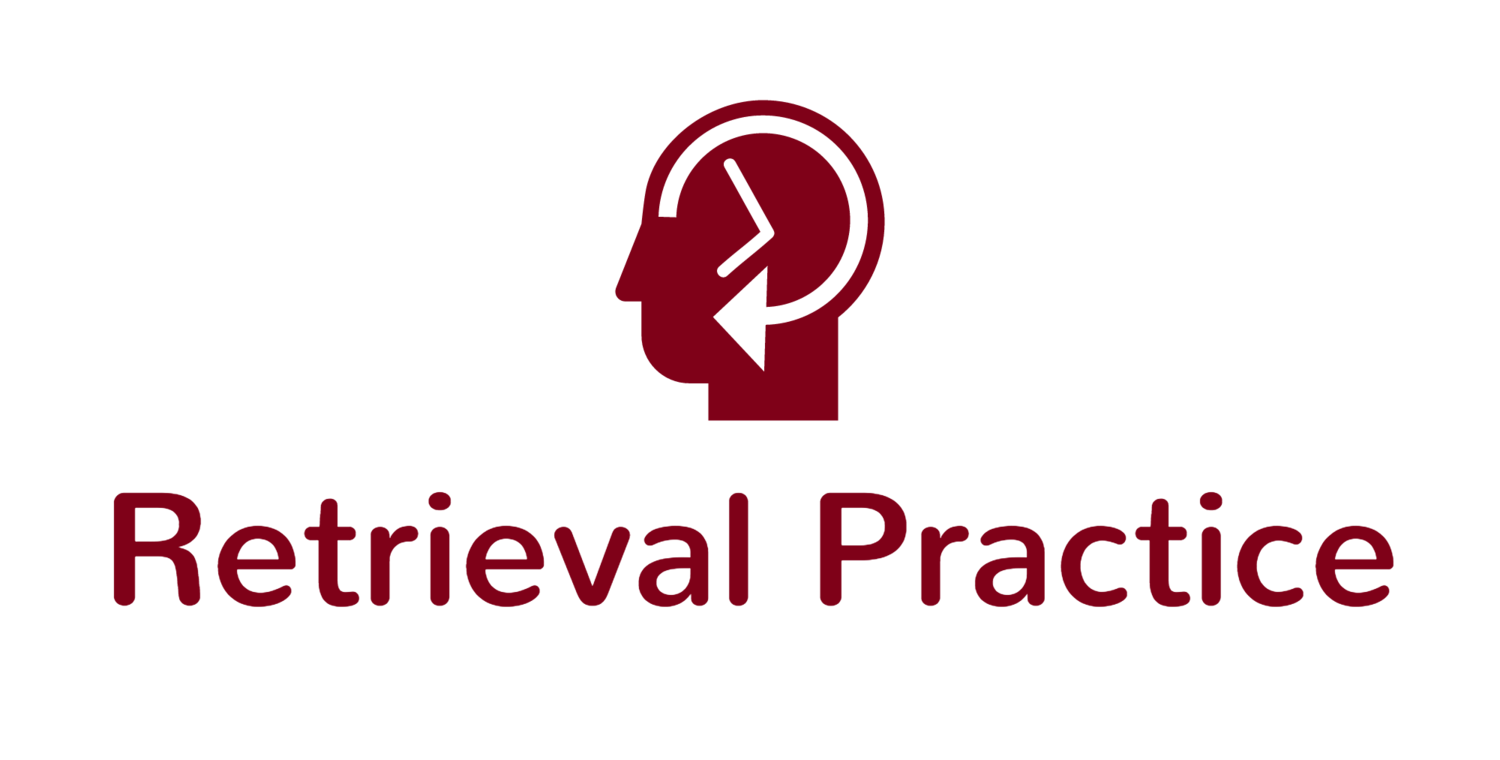How to create mnemonics and finally remember students’ names
/By Pooja K. Agarwal, Ph.D.
Names are important for us and for our students. But they’re SO hard to remember.
I have 80+ students each semester. By the end of the first week, I have almost all of their names memorized. And I don’t even look at students’ faces on the LMS (they’re blurry or outdated anyways).
How do I do it? Here are my steps, tips, and class activities. It can take some practice (and retrieval practice!), but over time, your classroom will be a community where everybody knows your–and your students’–names.
Step 1: Create mnemonics
Ask students to come up with an animal or food that starts with the same first letter as their first name (for example, Alex-Aardvark, Jess-Jackfruit, Taylor-Tiger). As students introduce themselves, have them include their word pair.
Ask students to share their favorite show on TV/Netflix/Hulu, etc.
Ask students to share additional information about themselves (favorite instrument or fruit; my personal favorite is to ask about their least favorite ice cream flavor)
Create mnemonics: a “concrete connection” between the student’s name and one of the items (food, animal, TV show, ice cream)
You and your students can use these mnemonics throughout the semester to turn the embarrassment of forgetting into a memorable name game.
Here are some memorable mnemonics my students and I created this week: Ava-Avocado, Nick-Narwhal, and Daniel-Dragon. On Flip (a tech tool), a student named Ella mentioned that she likes the show Schitt’s Creek, which I also enjoy, so we already have something to talk about. On my Google Form, a student named Jackie mentioned that she went to high school in the same town in Illinois where I was born. Casey and I both hate mint chocolate chip ice cream. Not only do the mnemonics help me remember names; they help me build connections with students right away.
Step 2: Get students involved
Have students go around the room and share their name, animal/food, and their least favorite ice cream flavor. In this way, students are helping other students create mnemonics.
During class discussion at the start of the semester, aim to use a students’s name-noun pair as much as possible (“thanks for sharing, Ava-Avocado”).
If you can’t remember a student’s name, ask for help from other students. More specifically, ask for a hint with the student’s animal or food, not their name. Students really enjoy this form of retrieval practice!
Have a conversation about learning, forgetting, and retrieval practice. You’ll make mistakes and they’ll make mistakes – but retrieving, practicing, and making mistakes is how we learn. Consider telling your students that a hint can also be called a “retrieval cue.” Normalize forgetting and model how retrieval practice is good for learning.
Once class is done (or a few hours later), do a brain dump and write down all the student names you can remember, with or without their mnemonics.
The following week, ask students to write down all the names they can remember from class and have a discussion: How did they do? Did they remember more than they expected? What was easiest to remember, names, animals, foods, or something else? Why?
A week or two later, play Noun-Name Tag (way more fun than the ever-fashionable name tags). In popcorn style, have one student say the noun and name of another student, and continue to play “tag” until everyone has been called on. (More about this strategy in my book, Powerful Teaching, pages 223–225. Noun-Name Tag works well for class sizes of 20 students or fewer.)
What it looks like for me and my classroom
Before the first day of the semester, my students introduce themselves on Flip (a video selfie platform; here is an example on Flip, but you’ll need to login via Microsoft, Google, or Apple) and they complete a Google Form (here’s an example of my intro form; feel free to fill it out and introduce yourself!).
I write my mnemonics on a printed roster the night before class. The next morning, I quickly try to retrieve any name-mnemonics I can, and then I review my notes before class (don’t judge; cramming works in the short term). For a class of 25 students, I’d estimate that I have solid mnemonics for 5 students, perhaps good-ish mnemonics for 10 students, and probably no mnemonics for 10 students. For me personally, I choose to focus on quality over quantity.
When a student walks in my classroom and tells me their name, the name is my retrieval cue, not their face. When Ella introduced herself, you better believe I was excited to ask who her favorite character is on Schitt’s Creek.
8 additional tips for remembering names
Make the mnemonic as concrete as possible. Erica-Energetic is abstract. Erica-Elephant is more specific and easier to visualize. (This is why occupations are easier to remember than names, also known as “semantic memory.”)
Make the mnemonic as unique as possible. Alexandra-Apple is okay, but Alexandra-Aardvark is better. Challenge students to choose unique animals and foods, too.
When you’re first starting, focus on using names as retrieval cues, not faces (“Nice to meet you, Alexandra. I remember that you chose aardvark.”).
Later in class, use mnemonics as retrieval cues (“hmmm, your animal was aardvark… lemme think and retrieve… I got it, your name is Alexandra!”).
Try to strike up a conversation with a student about their favorite TV show or least favorite ice cream flavor. The more you build a connection with a student (even if it’s small talk), the easier it’ll be to remember their name.
The process for creating mnemonics and the activities listed above work well for a range of ages: younger kids, as well as for high school, college, and graduate school students. Try this out at conferences, new jobs, or anywhere you need to remember names, too.
With large lecture or class sizes, the animal/food mnemonic can still be an engaging activity on the first day of class. It opens up a conversation about the science of learning and it’ll help students remember each other’s names (even if you can’t remember everyone’s names).
Try to incorporate a mix of retrieval practice, spacing, interleaving, and feedback, as much as possible. Retrieve at the end of the day or end of the week; mentally visualize where students were sitting and retrieve their names, animals or food; challenge yourself to retrieve students from all of your classes in any order that comes to mind for interleaving; and don’t feel bad if you need to check your list of mnemonics. Just make sure to retrieve first!
More tips based on research (and bad tips from ChatGPT)
Good tip from research: Here’s a recommended article by cognitive scientist Dr. Uma Tauber on how occupations are easier to remember than names, but people are overconfident in their memory predictions for names (published in 2010 in the journal Memory), so try to incorporate metacognition opportunities during retrieval practice.
Bad tips from ChatGPT: Out of curiosity, my friend Alexandra asked ChatGPT how to remember names. It suggested repeating the person’s name during the conversation (that will work for a few minutes, at most), imagining the name of the person written on their forehead (um, no), and writing down the name of the person (who would do that mid-conversation?).
Overall tip: stick with good old fashioned retrieval practice. Cheers!

























